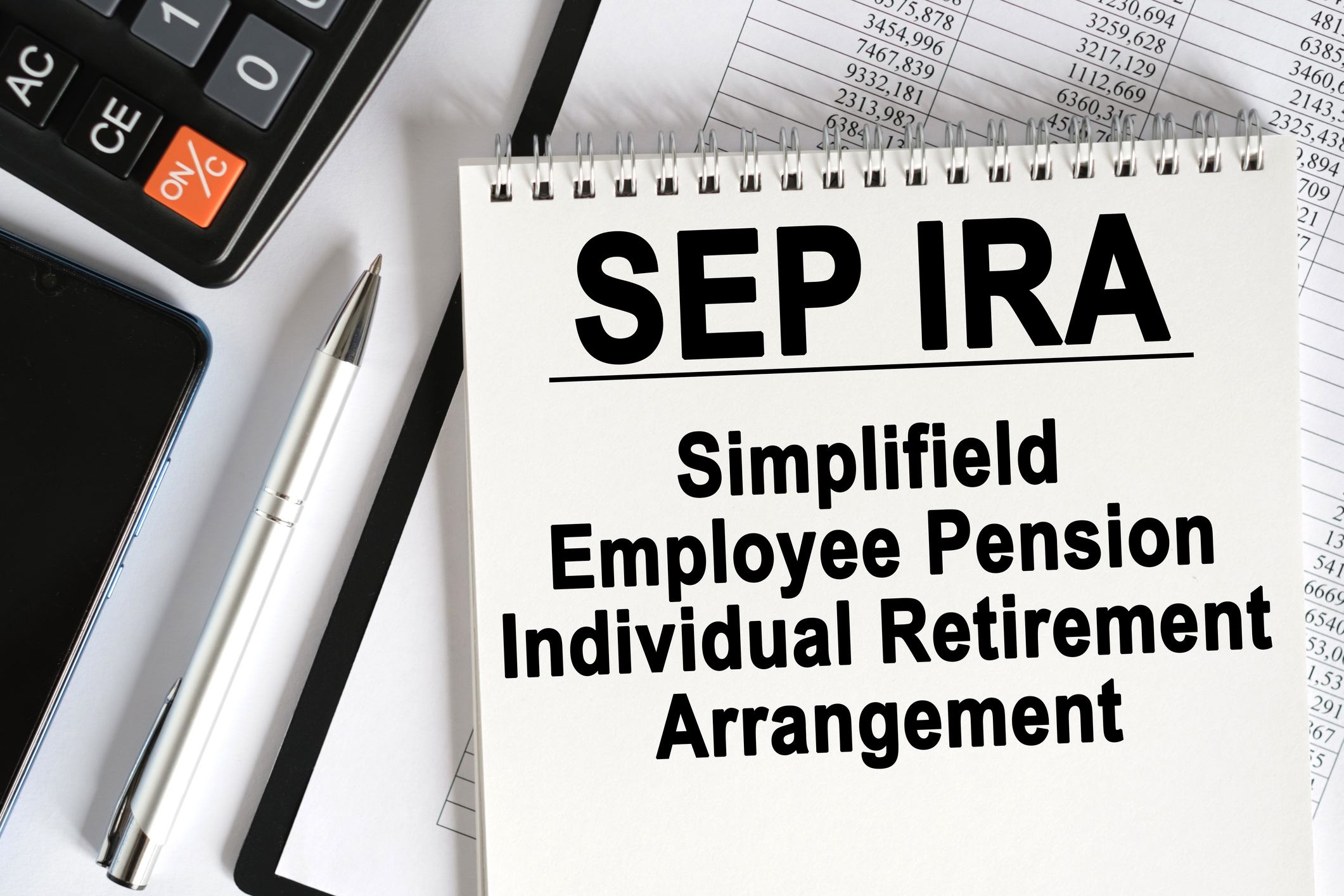How would you pay for long-term care if you needed it? When baby boomers were asked this in a study commissioned by CareQuest, which helps employers set up long-term care packages, only 5% said they would rely on long-term-care insurance. Most said they expected life, health or disability insurance or government programs to cover the costs.
If that's what you're counting on, think again:
- Almost half the population will need long-term care at some point.
- The average length of stay in a nursing home is 2.5 years.
- The average annual cost for a private room at a nursing home is $74,095, according to MetLife Mature Market Institute.
- The average hourly cost of a health aide who gives in-home care is $19. It's double that for a licensed nurse. If you needed round-the-clock care from a nurse, you would have to pay more than $300,000 a year.
- You can't get long-term care insurance once you have a problem that requires long-term care.
Long-term care usually involves nonmedical help with such daily tasks as bathing and dressing. Health, life and disability insurance won't pay for that, nor will medicare. But long-term-care insurance will.
From just $107.88 $24.99 for Kiplinger Personal Finance
Become a smarter, better informed investor. Subscribe from just $107.88 $24.99, plus get up to 4 Special Issues

Sign up for Kiplinger’s Free Newsletters
Profit and prosper with the best of expert advice on investing, taxes, retirement, personal finance and more - straight to your e-mail.
Profit and prosper with the best of expert advice - straight to your e-mail.
People who don't have coverage have to pay out-of-pocket until they run out of money and become eligible for medicaid. However, a new law tightens the purse strings of the program that helps families pay for nursing-home care. And that makes owning long-term-care insurance even more of a necessity.
The stories below will show you why you need this insurance, what to look for in a policy and how to find affordable coverage. Plus, you can share your ideas on paying for long-term care.
Qualifying for government-paid nursing-home care has gotten tougher. So be prepared to pay for your own long-term care.
Understanding the New Medicaid Rules
These resources will help you follow developments in your state and learn about other changes in the law.
A Fresh Look at Long-Term Care
Long-term care coverage doesn't come cheap. But with some smart planning, you can buy all the coverage you need at a reasonable price.
Six Steps to Buying a Long-Term Care Policy
Protect your retirement savings from the potentially catastrophic expense of nursing-home care. Learn how to compare policies and purchase the one that is right for you.
Avoid these five blunders people commonly make when trying to cut premium costs.
Lower Your Long-Term Care Costs
Shortening the benefit period can lower your premium significantly while still providing a great deal of protection.
Community: What's the Future for Your Long-term Care?
Will you be able to pay for a nursing-home stay? Would revamping the nation's health-care system pay for more care? Share your questions and solutions with other Kiplinger's readers.
Profit and prosper with the best of Kiplinger's advice on investing, taxes, retirement, personal finance and much more. Delivered daily. Enter your email in the box and click Sign Me Up.
-
 Should You Renew Your CD?
Should You Renew Your CD?With rate cuts impacting earnings, we examine if now is a wise time to renew CDs.
-
 7 Ways to Plan Now to Save on Medicare IRMAA Surcharges Later
7 Ways to Plan Now to Save on Medicare IRMAA Surcharges LaterUnderstand the critical two-year lookback period and why aggressive planning before you enroll in Medicare is the most effective way to minimize IRMAA.
-
 Law Reversal Looming? Trump Eyes 2026 Gambling Winnings Tax Change
Law Reversal Looming? Trump Eyes 2026 Gambling Winnings Tax ChangeTax Deductions It's no secret that the IRS is coming after your gambling winnings in 2026. But how long will that last?
-
 I Tried a New AI Tool to Answer One of the Hardest Retirement Questions We All Face
I Tried a New AI Tool to Answer One of the Hardest Retirement Questions We All FaceAs a veteran financial journalist, I tried the free AI-powered platform, Waterlily. Here's how it provided fresh insights into my retirement plan — and might help you.
-
 457 Plan Contribution Limits for 2026
457 Plan Contribution Limits for 2026Retirement plans There are higher 457 plan contribution limits in 2026. That's good news for state and local government employees.
-
 Medicare Basics: 12 Things You Need to Know
Medicare Basics: 12 Things You Need to KnowMedicare There's Medicare Part A, Part B, Part D, Medigap plans, Medicare Advantage plans and so on. We sort out the confusion about signing up for Medicare — and much more.
-
 The Seven Worst Assets to Leave Your Kids or Grandkids
The Seven Worst Assets to Leave Your Kids or Grandkidsinheritance Leaving these assets to your loved ones may be more trouble than it’s worth. Here's how to avoid adding to their grief after you're gone.
-
 SEP IRA Contribution Limits for 2026
SEP IRA Contribution Limits for 2026SEP IRA A good option for small business owners, SEP IRAs allow individual annual contributions of as much as $70,000 in 2025, and up to $72,000 in 2026.
-
 Roth IRA Contribution Limits for 2026
Roth IRA Contribution Limits for 2026Roth IRAs Roth IRAs allow you to save for retirement with after-tax dollars while you're working, and then withdraw those contributions and earnings tax-free when you retire. Here's a look at 2026 limits and income-based phaseouts.
-
 SIMPLE IRA Contribution Limits for 2026
SIMPLE IRA Contribution Limits for 2026simple IRA For 2026, the SIMPLE IRA contribution limit rises to $17,000, with a $4,000 catch-up for those 50 and over, totaling $21,000.
-
 457 Contribution Limits for 2024
457 Contribution Limits for 2024retirement plans State and local government workers can contribute more to their 457 plans in 2024 than in 2023.